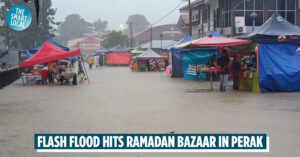Flash floods in Malaysia
The past year had been a challenging one for me as it was for a lot of people. Not only had I been trying to get out of a toxic work environment during the pandemic, but I had also gotten in touch with the wrong person. In the midst of all the chaos that I’d been through, I could only hope for a better way to end the year.
But everything went out of control when I witnessed the worst natural disaster in my 28 years of living. I lost a lot of things that I’ve cherished for decades in the flash flood last year. My childhood photos from kindergarten, my high school projects and magazines, and the favourite books that I bought using my student vouchers were among the priceless things that I can never get back.
The December 2021 flash flood that caught many by surprise is something that I will remember for the rest of my life. It wasn’t just a regular natural disaster that many people claim it to be, as it results from the sheer exploitation of Malaysia’s natural landscape, coupled with poor urban planning that is fueled by extreme corruption.
How it started
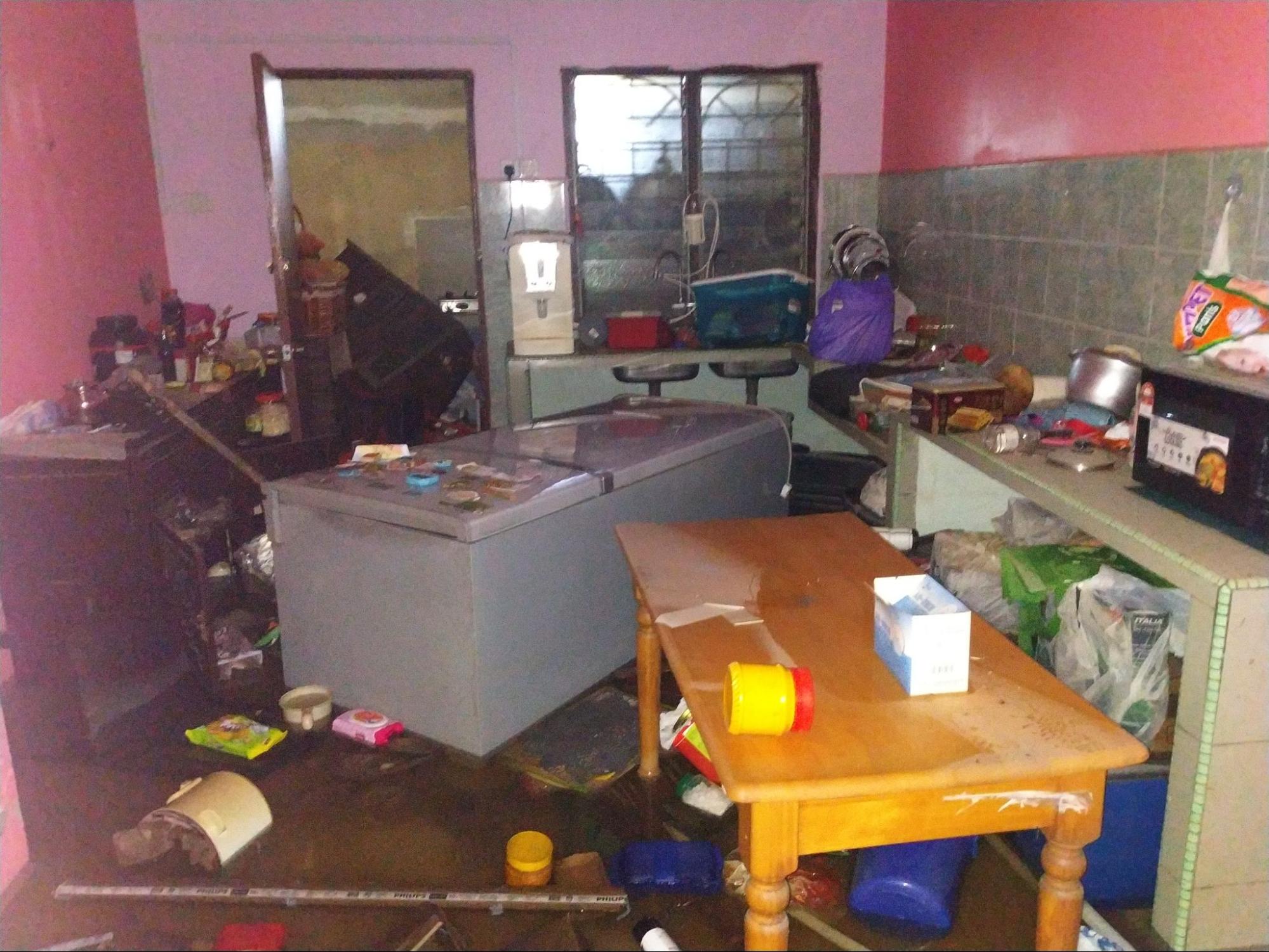
What my kitchen looked like after the massive flood in December 2021
Image credit: Siva Selan
About 20 years ago, when I moved into my current home in a small suburb in Shah Alam, my house was completely free from floods. It had been like that for the next 15 years or so until December 2018. My house was built in the middle of two undeveloped plots of land that lacked a good drainage system, which is now a big contributing factor to the floods.
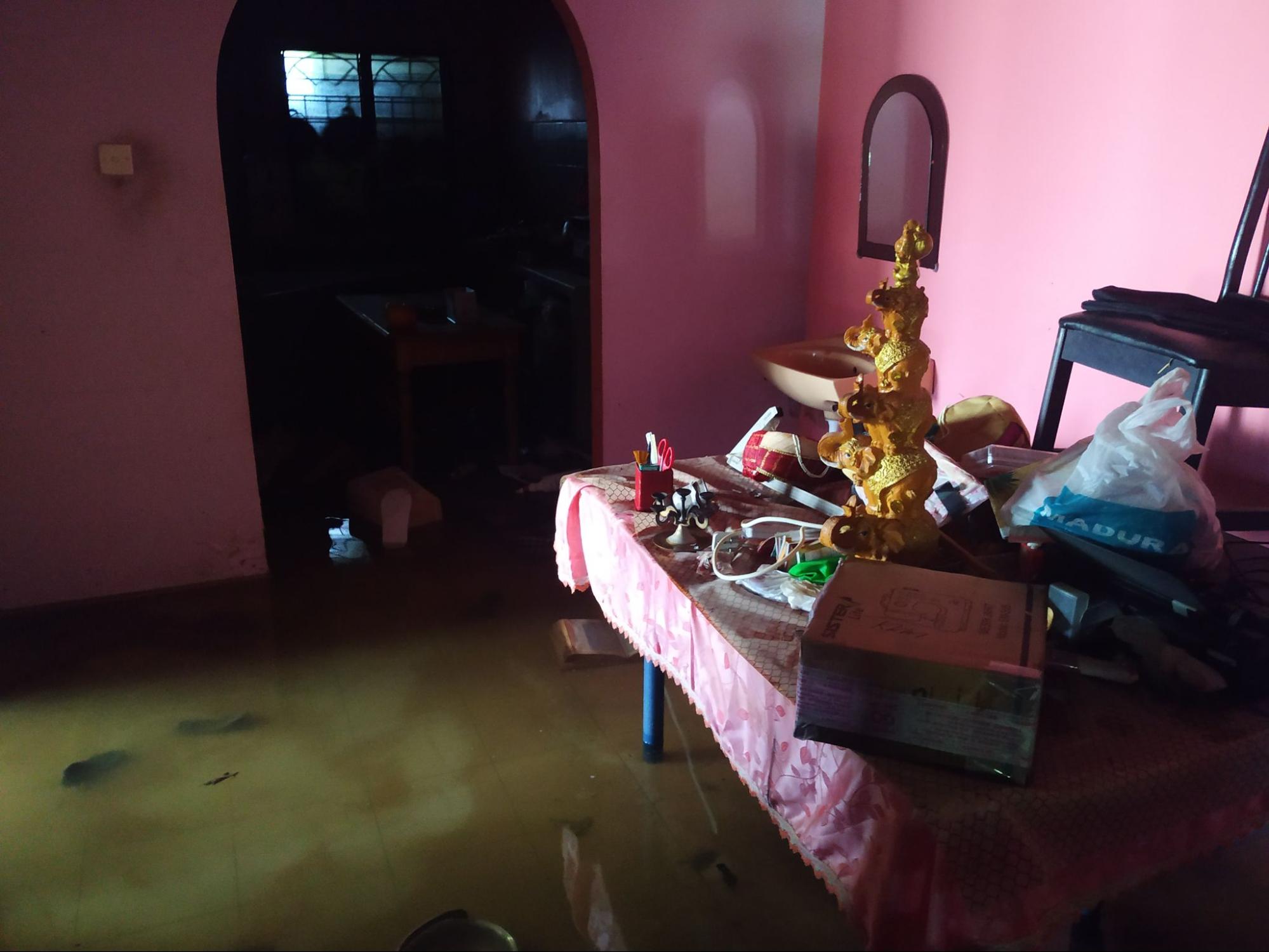
Post-flood photo from December 2021
Image credit: Siva Selan
Between 2015 to 2017, a 15-storey condominium was built on one of the land plots beside my house. This mega housing project is now the tallest building in the area and it is surrounded by low-lying properties built at least 20 years ago. This includes my house and many other residential localities in the area.
Just a year after the launch of the condominium, there was a flood – the first one that affected my home in over a decade.
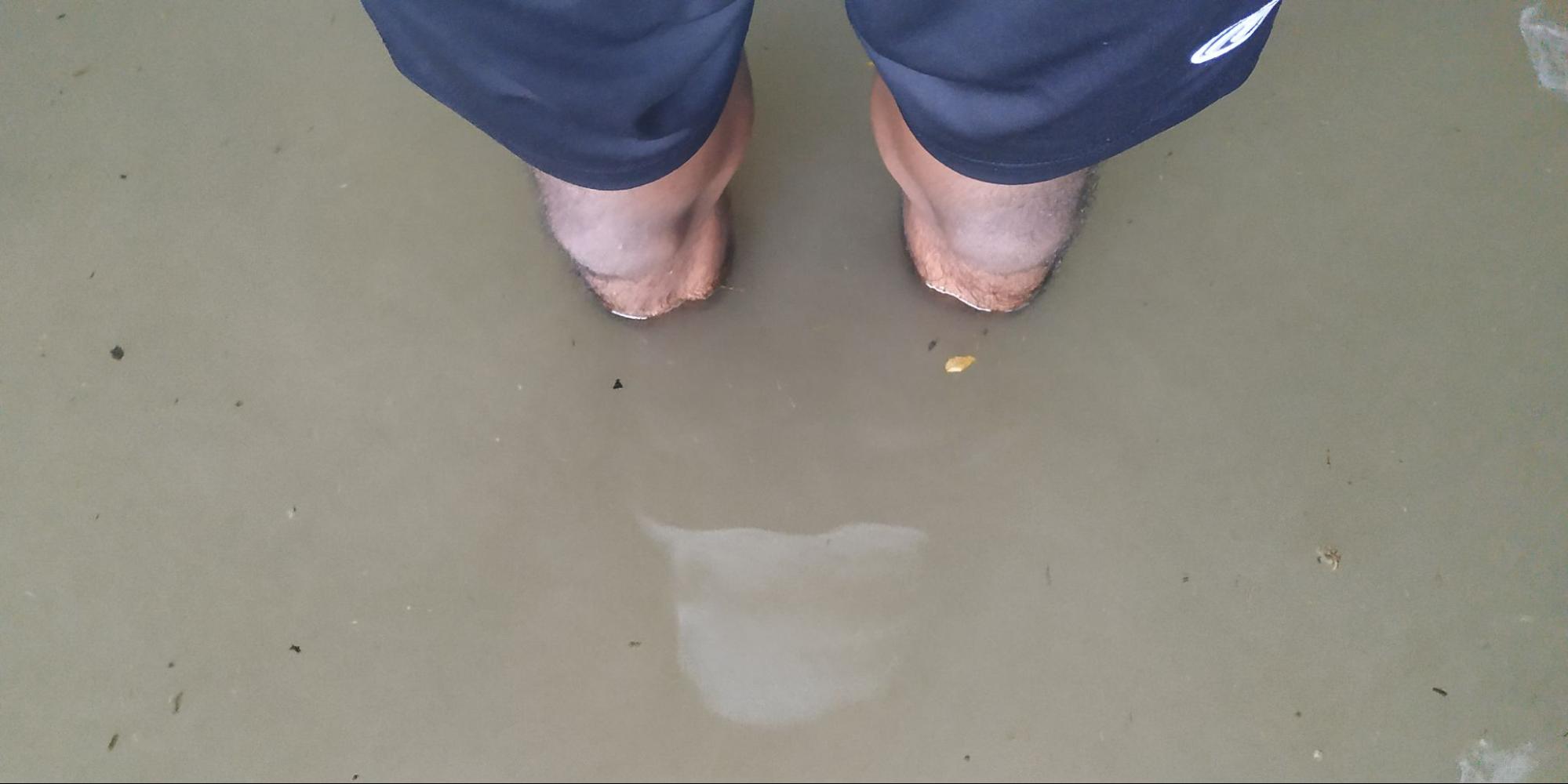
The flood in September 2021. The water level was almost at my knees.
Image credit: Siva Selan
The entire row of houses sitting right next to the condo was flooded, and mine was a part of it. Water got into the house, so we were rushing to keep everything away from the floor.
Before this, flooding wasn’t something we had to worry about. So, when it happened for the first time, we panicked but we were lucky that the damage was minimal at that time. Still, the incident instilled fear and uncertainty in all of us.
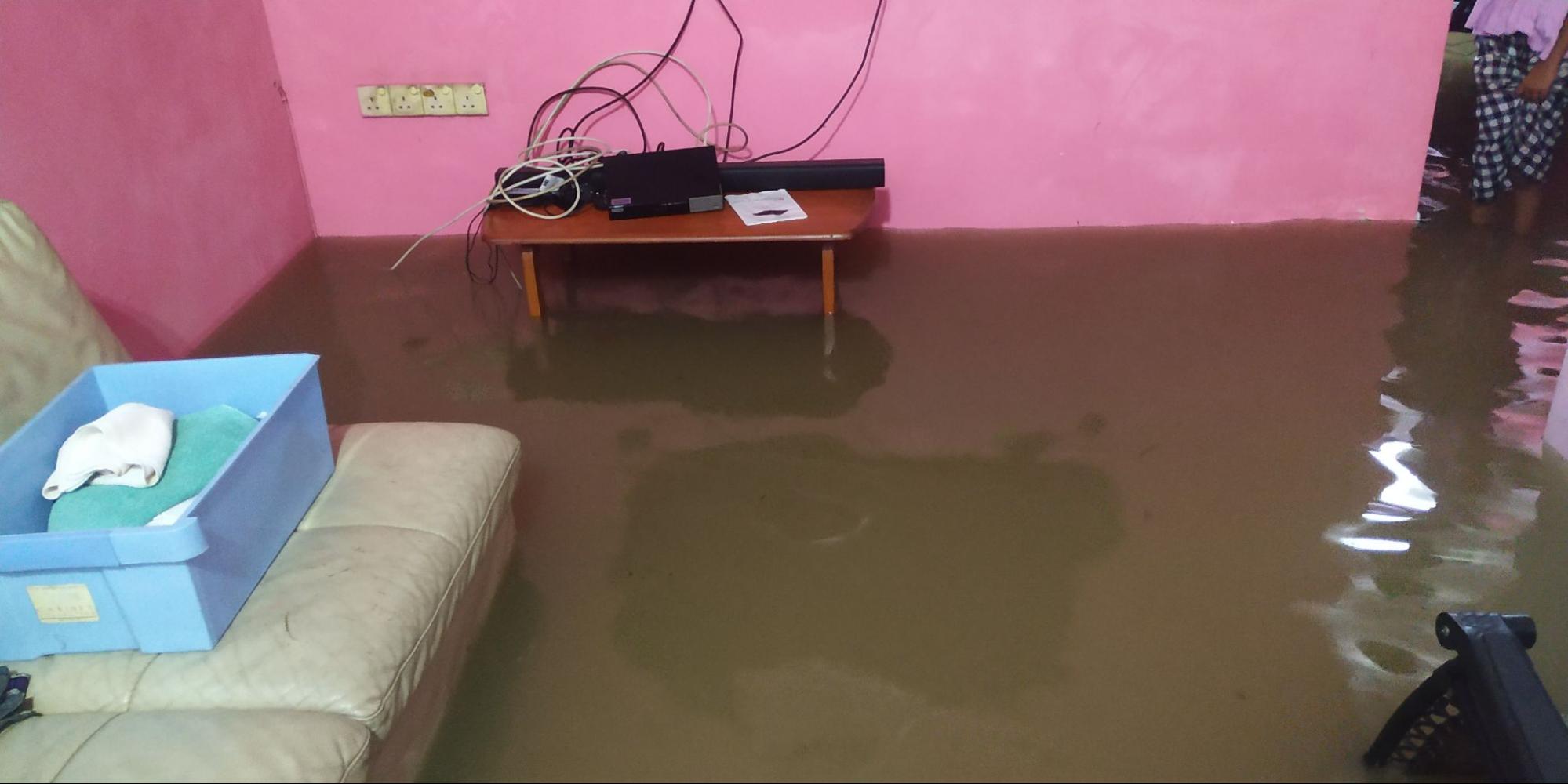
Image credit: Siva Selan
Fast forward to around February 2020, there was another flood. This time, most of my family was at work except my eldest sister, her 1-year-old baby and our pet dog.
As she was the only adult in the house at that time, there was nothing much she could do alone. The water level went up even higher than the first flood in 2018, so most of our furniture was affected.
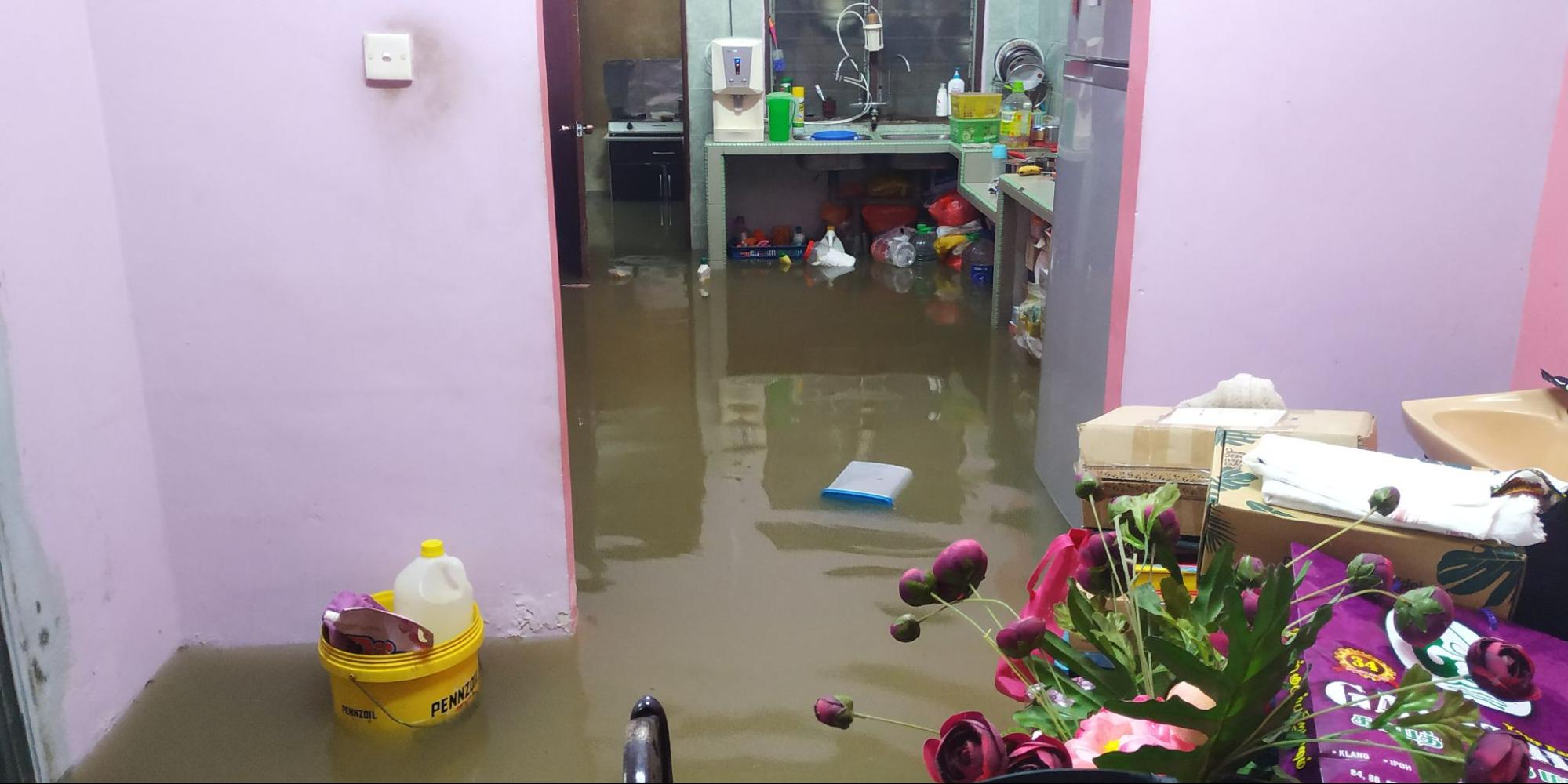
Image credit: Siva Selan
I remember coming home from work that day, spending hours cleaning the mud and mopping the floor before going to bed. My hands and feet were numb and I could see blisters all over them. Since then, flooding has become a constant battle for me and my family, much like the folks who live in Taman Sri Muda, notoriously known for its frequent flooding.
How it’s going
In search of a solution to the problem, we started building steps at the entrance of our house to block water from coming in, in case a flood broke out again. Of course, the steps were built with an estimation of what we thought would be enough to prevent frequent flooding.
But the devastating flood in December 2021 took us by surprise as the water level surpassed our expectations.
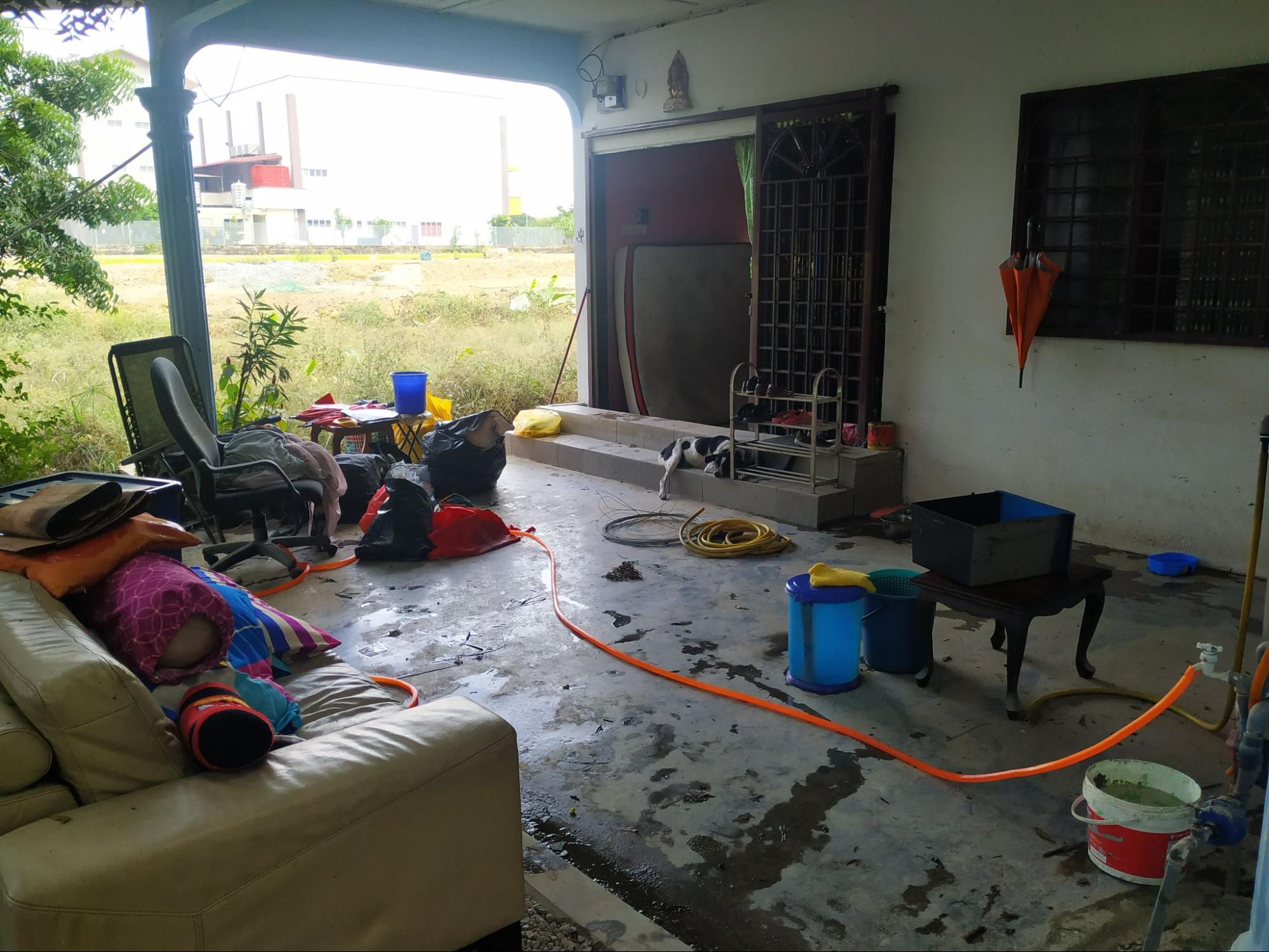
Cleaning after the flood. Look at the stairs at the entrance made to block water from coming in.
Image credit: Siva Selan
Towards the end of 2020, the plot of land on the other side of my house was also prepared for another housing project. The land was also elevated to about half the height of my house, much like that of the abovementioned condominium, turning my house into the low, flood-prone area that it is today.
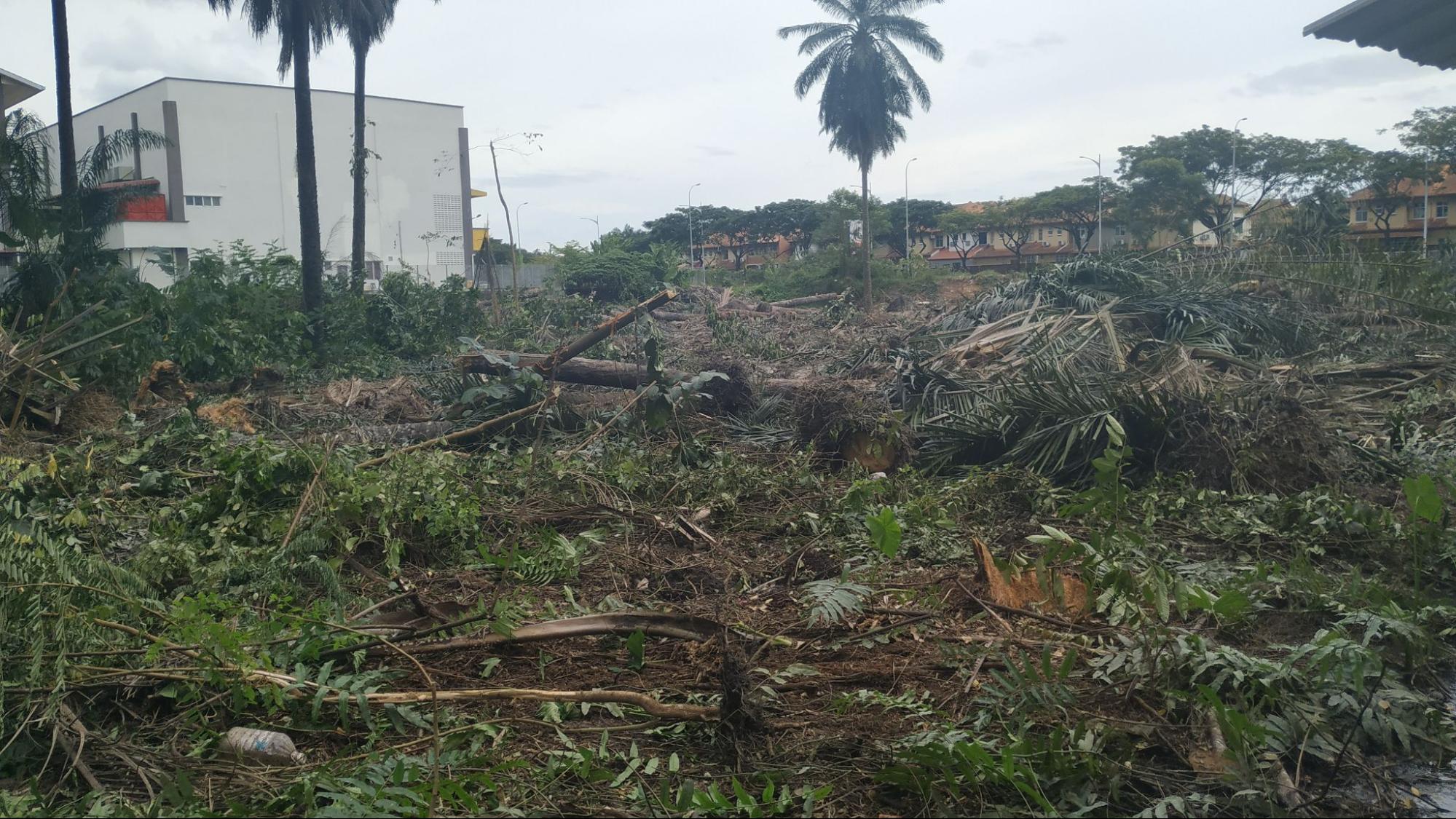
The land next to my house was cleared in 2020 for a new housing project
Image credit: Siva Selan
2021 was the most challenging year for me and my family. There were multiple floods throughout the year. Water would get into our house and there was nothing much we could do about it except trying to salvage our belongings. We had to spend hours cleaning the house after, constantly worrying about what would happen next.
And the flood in December left a lasting impact on many homes in my area and the neighbourhoods around me. Floodwaters went up half the height of my house, destroying almost everything. The water started rushing into my house at night when the electricity was cut off. Emotions peaked as we were trying to protect all of our belongings. But eventually, we had to let them go as our lives mattered most.
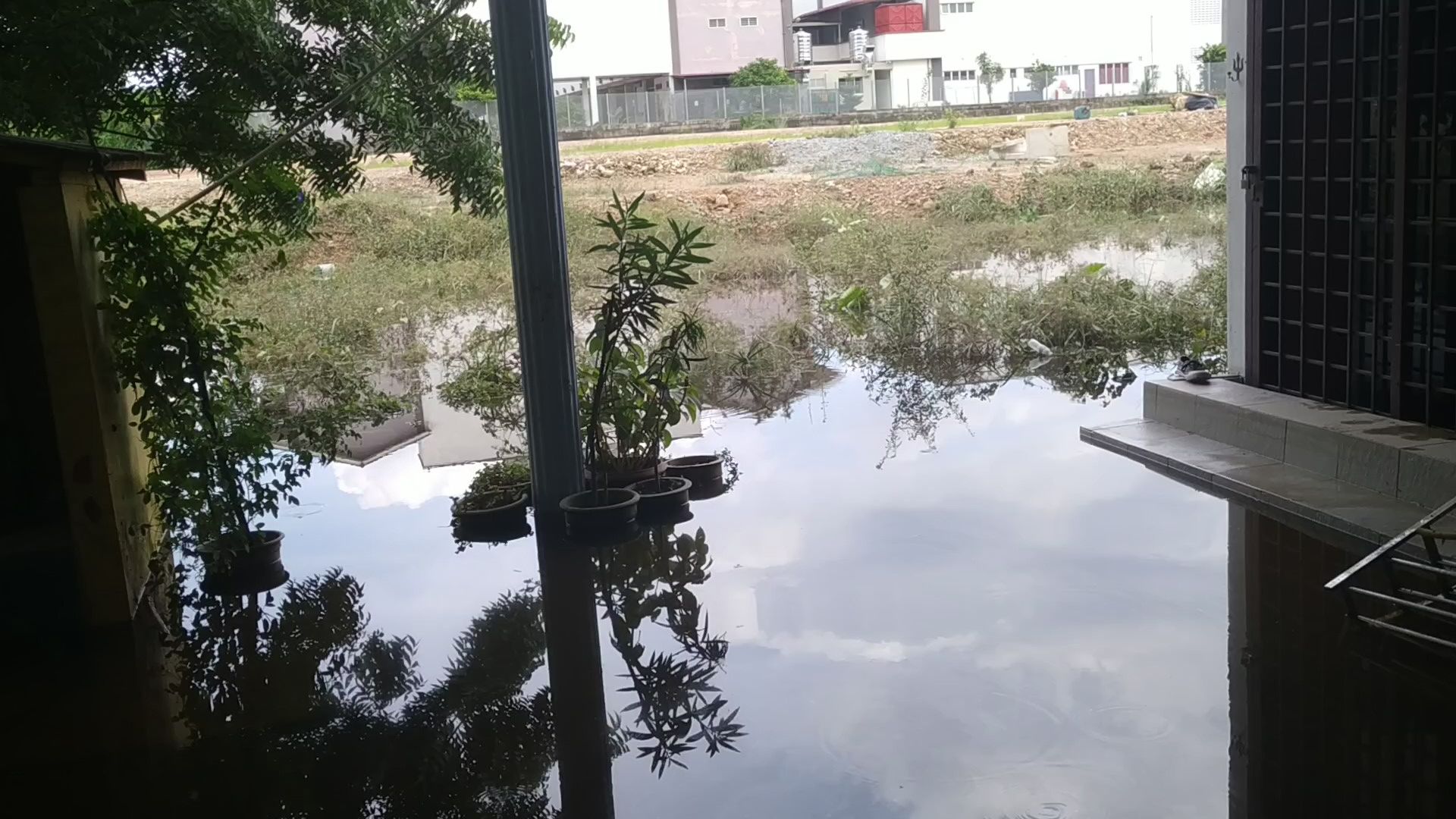
The land next to my house elevated to about half the height of my house.
Image credit: Siva Selan
It has been four months since the disastrous flood that completely changed the way I look at natural phenomena. I live in fear and trepidation. Now, whenever it rains, I look out the window non-stop to check the drainwater levels because I feel so threatened. I can’t plan my errands as usual as I have to keep checking when it’s going to rain again, because the weather makes travelling so difficult.
Rapid urban planning without foresight
If you have seen the news enough, you’d probably realise by now that urban planning plays a prominent part in both causing and preventing floods in many places. One might argue that floods are common in rural, suburban areas and that people have been living with them for decades such as folks in the East Coast of Malaysia.
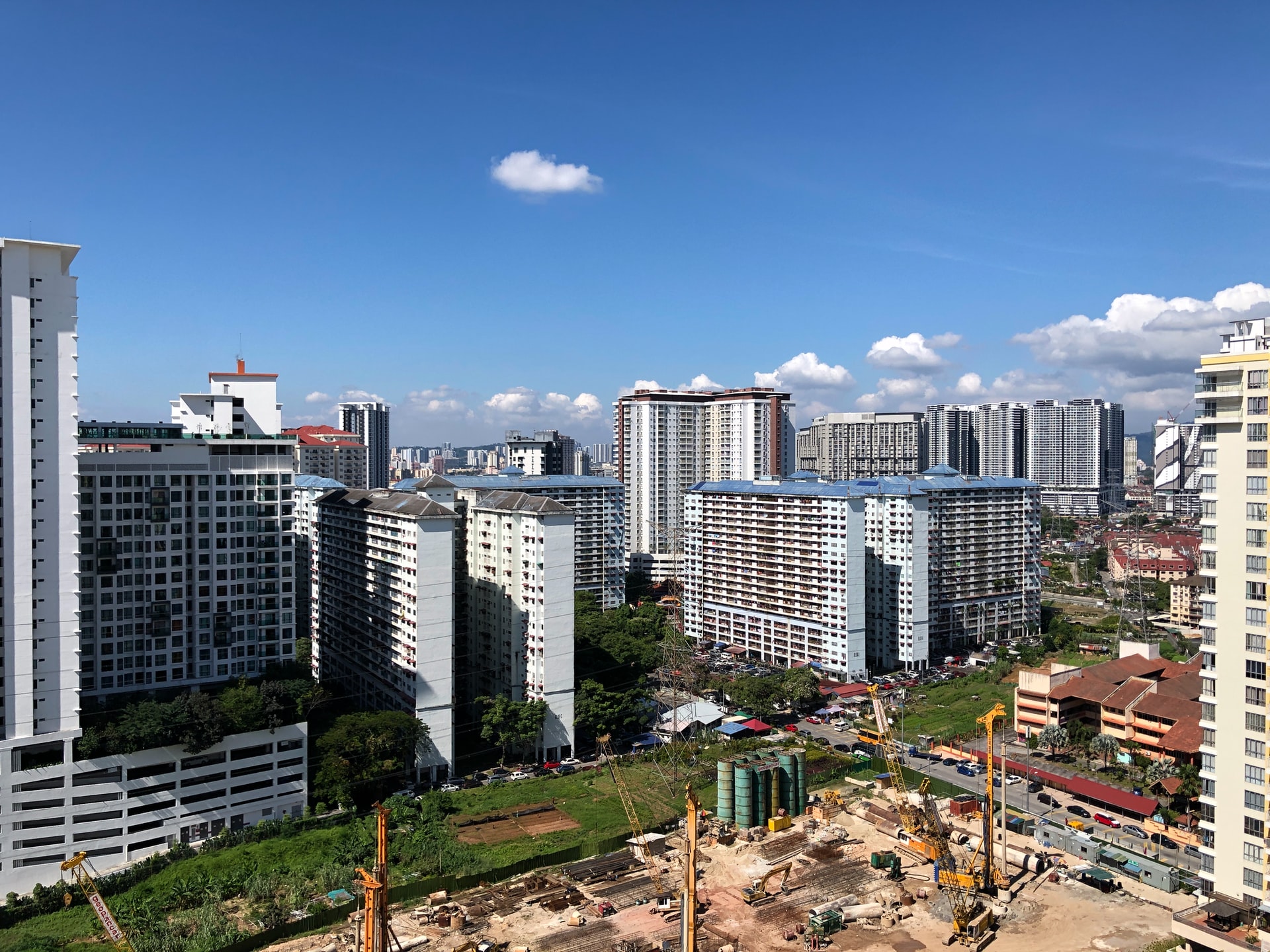
Image credit: Uncle Lim / Unsplash
But the argument is becoming invalid as even the most well-developed cities in our country are experiencing flash floods. Take Kuala Lumpur for example, where flash floods happened in 2020 and 2021 at Masjid Jamek, at the heart of the city centre. Last year, Section 13 of Shah Alam, which is known for the famous Stadium Shah Alam, was also flooded.
These floods happened so suddenly, so no one could predict their impact on people’s livelihoods. The December 2021 flash flood, which is being dubbed one of the worst floods in Malaysian history, is a result of poor urban planning as well as climate change.
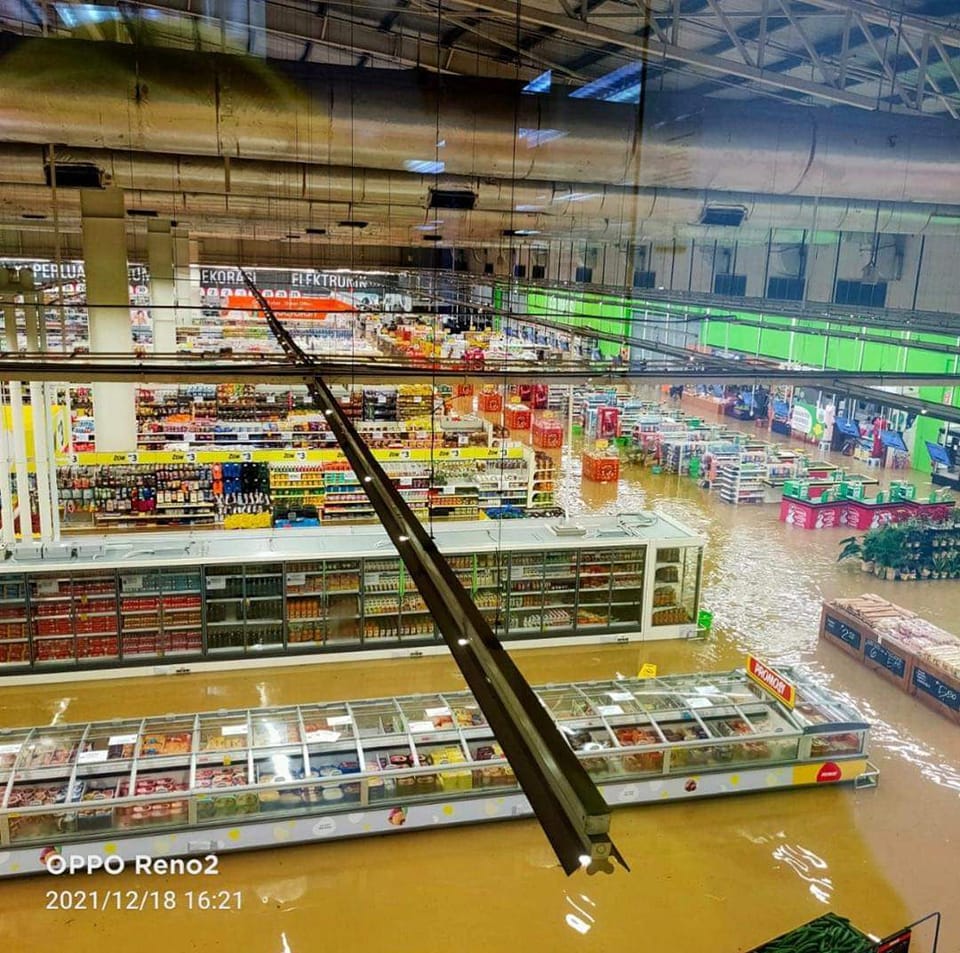
Flash flood in a hypermarket at Shah Alam
Image credit: Sam Sam
Malaysia is developing so rapidly that many of us don’t pay attention to the effects of overdevelopment. In many places, waterways are being modified to give way for megastructures and roads. This can be seen in Sungai Penchala, a river that flows through Petaling Jaya, which has been modified with concrete walls into a drainage system.
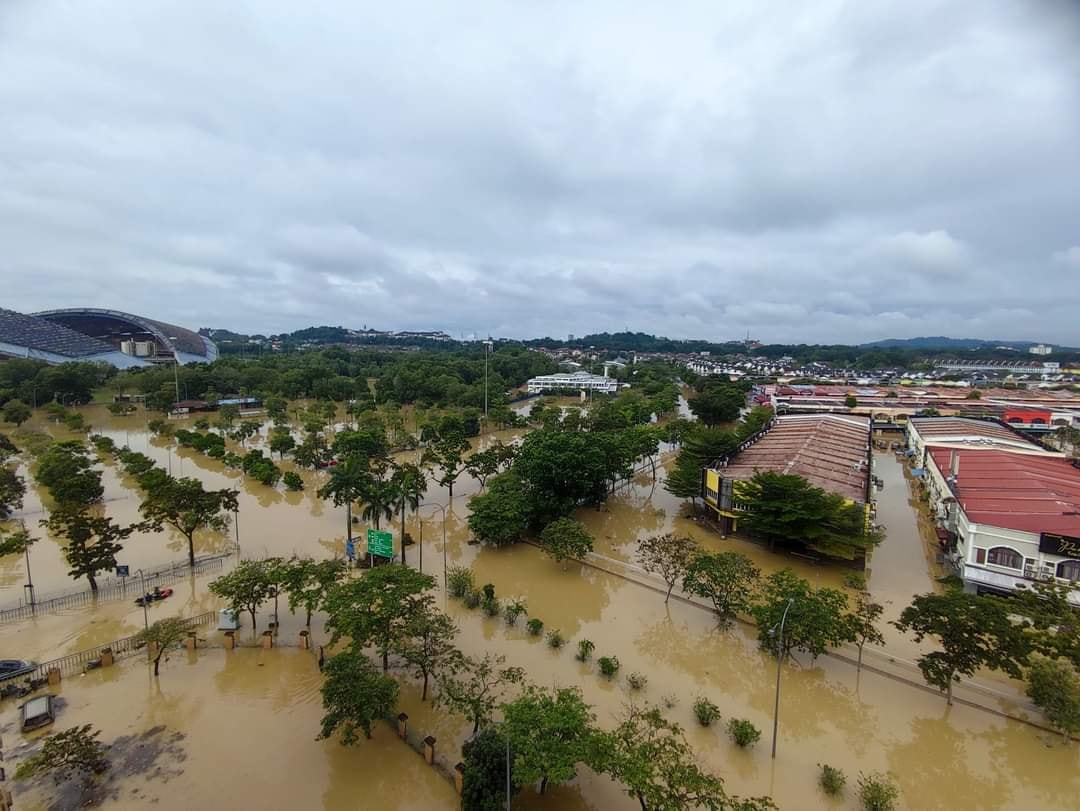
Flash flood at Stadium Shah Alam, Section 13
Image credit: Datuk P Gunaseelan
At the same time, existing, old drainage systems in many places are not upgraded to accommodate the impacts of upcoming projects, nor are they well-maintained. The recent flooding that drowned Taman Sri Muda in Shah Alam is a clear example of this.
The drainage system of the township hasn’t been upgraded since 1995, although the area is now surrounded by new towns that direct their drainage waters into theirs.
Poor urban planning in Malaysia has become rampant, driving the flash floods we are seeing today. Our cities, and now even our suburbs are filled with skyscrapers that are constantly growing and expanding in number.
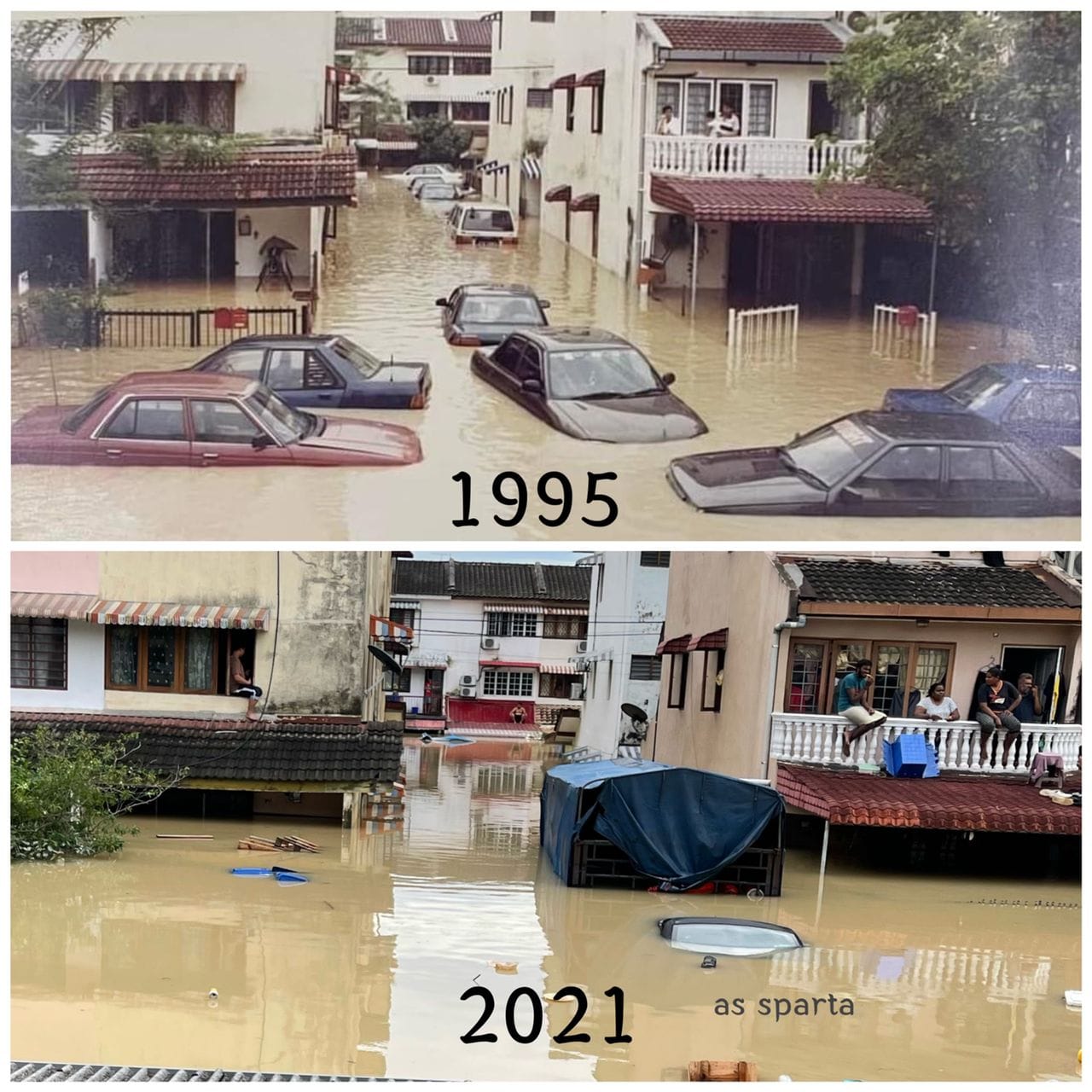
Flash floods in Taman Sri Muda got worse from when they first hit in 1995
Image credit: Suzie Mustapa
Lands are being sold to developers who constantly erect tall buildings next to low-lying properties without considering their environmental and social impact.
These tall buildings directly put the safety of shorter structures at risk, especially when there’s heavy rain. This is even more terrifying now that weather patterns in tropical Malaysia are so unpredictable.
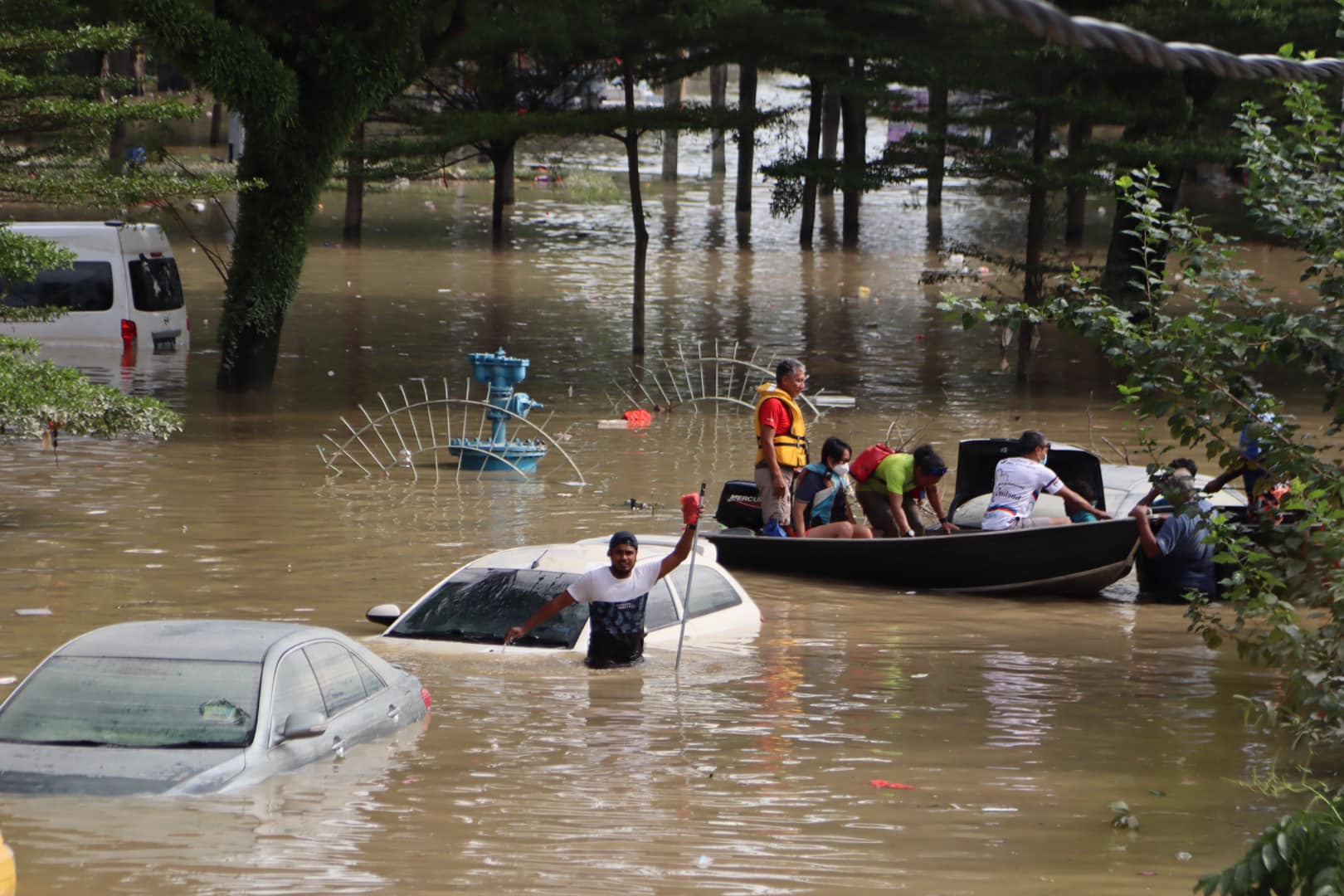
Rescue missions by citizens who came down to help flood victims at Shah Alam
Image credit: Sukhbir Kaur
The flash floods of 2021 exposed the ugly truth in many of us and our system. The Natural Disaster Management Agency (NADMA) was unprepared to face a massive crisis. The irrigation and drainage department did not maintain and upgrade the drainage system in many residential areas.
And let us not forget the people who see rivers and drains as dumping grounds to dispose of rubbish easily.
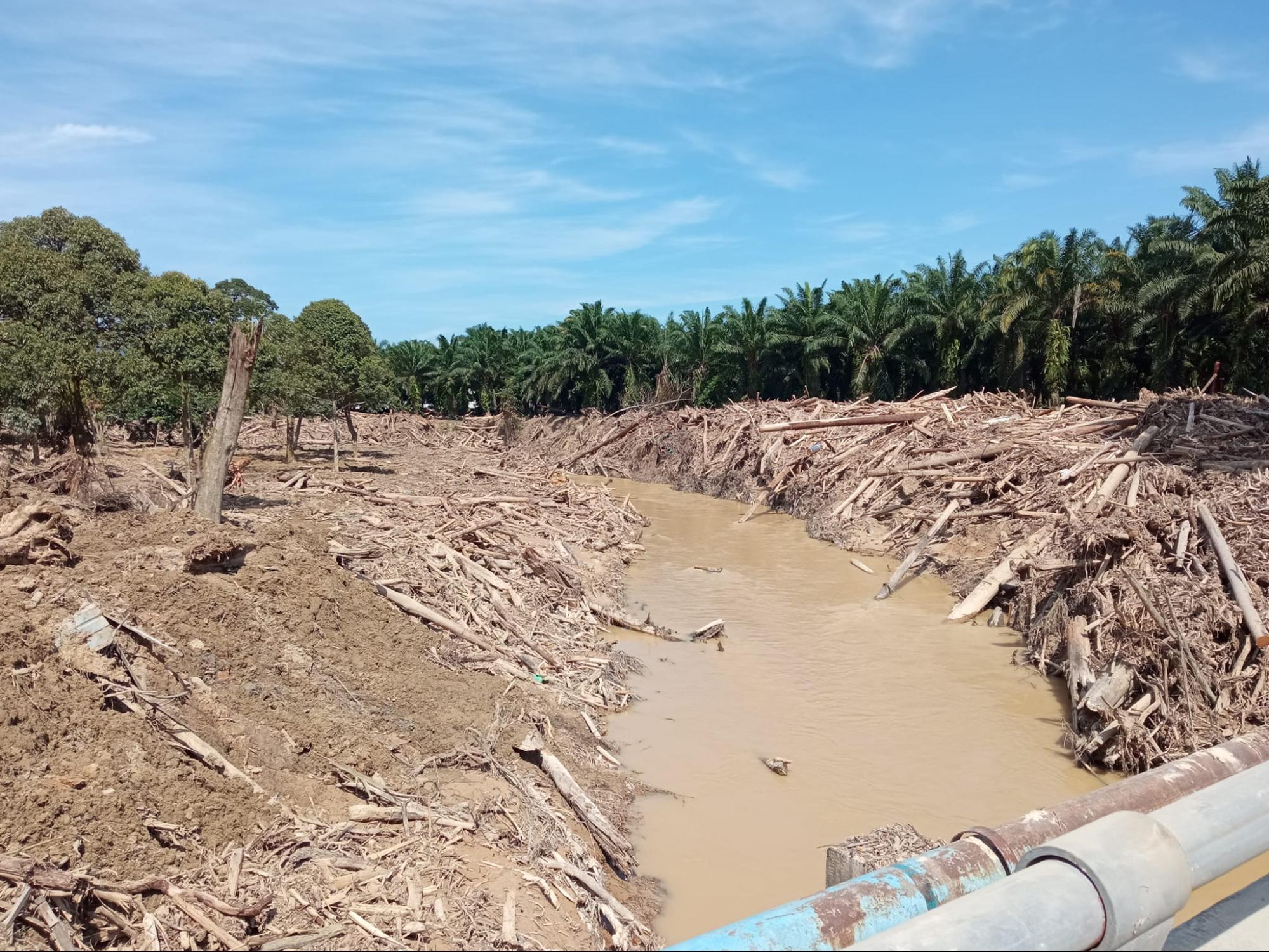
A river in Pahang heavily polluted by wood debris that is washed away by floodwaters
Image credit: Jamal Hassan
So when all hell breaks loose, we point fingers at each other without taking the responsibility to solve the problem together. Worse still, many are still in denial mode, refusing to acknowledge the immediate threats facing the country when experts have repeatedly warned about the risks of exploiting the natural landscape continuously.
Climate change is real and we must work on it
As a tropical country, Malaysia used to have a lot of forests that have protected the people from extreme weather for centuries. But it is no longer the case, as we can see that floods are becoming so frequent everywhere. Our rivers now can’t take in all the rainwater during the peak monsoon seasons.
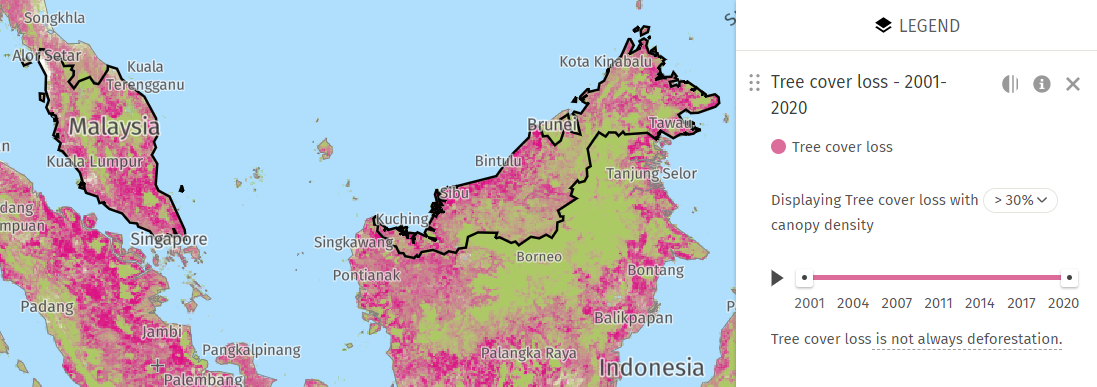
Tree cover and tree cover loss in Malaysia from 2001 to 2020
Image credit: Global Forest Watch
The rainforests that act as natural water catchment areas are being destroyed to give way to development projects. So, excess water finds its way into people’s homes as it has nowhere else to go.
We all have heard of climate change and may have doubted its reality for years. But with the worsening floods that happen every year due to disrupted weather patterns, we’ve got to admit that it is indeed real and it may worsen if we don’t do anything about it.
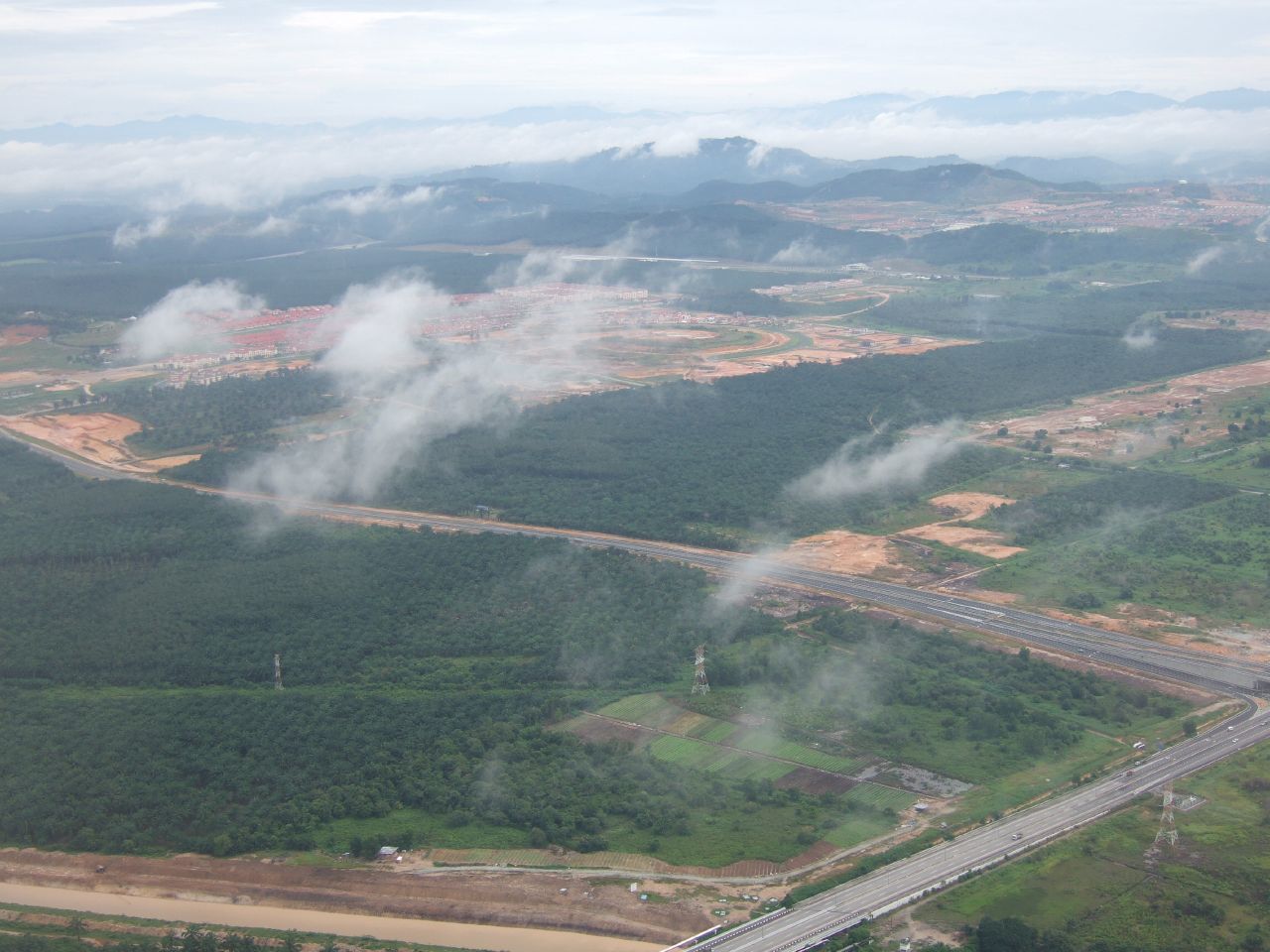
Malaysian forests are being cleared and converted into agricultural land
Image credit: Ben Sutherland / flickr
Climate change is happening before our own eyes, affecting the lives of people in unimaginable ways. But it’s still not too late for us to pledge to make a change to the way we look at nature. This starts with educating and raising awareness on climate change that is seriously lacking in our communities.
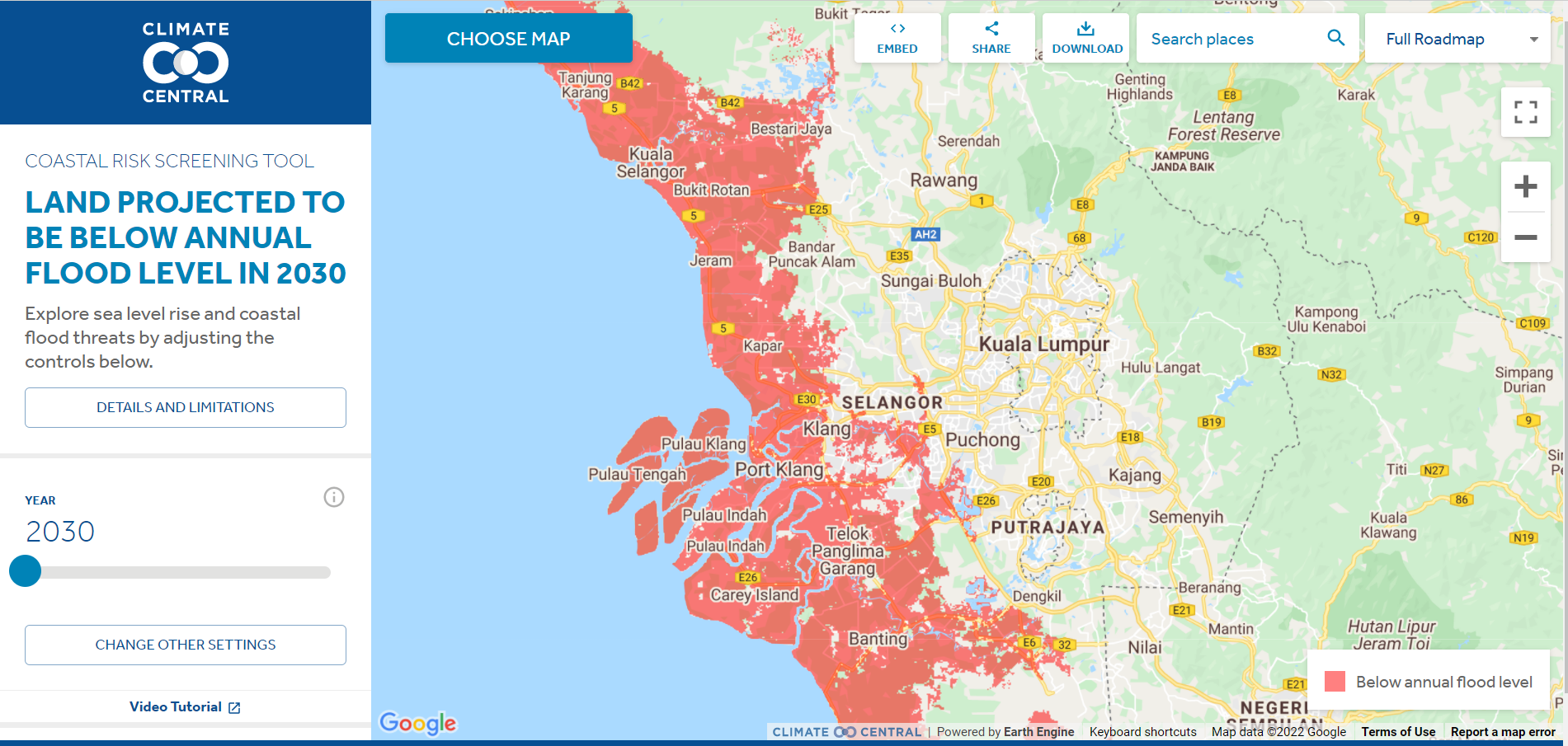
Most of coastal Selangor is projected to be below the annual flood level in 2030
Image credit: Climate Central
It is important that we realise the need to conserve forests and switch to sustainable development for a better future. Cutting down trees by the hundreds and replacing them with concrete buildings make us an active contributor of greenhouse gases that cause seawater levels to rise. This means a lot of our cities and towns will be underwater by 2030 as predicted by experts.
Our children may not be able to live a peaceful life in the future if environmental crises are expected to continue in this fashion. So much can be done to put an end to all this but it starts with putting nature first and prioritising the safety of our children’s future when making decisions.
It can be as simple as questioning unnecessary development projects that threaten the delicate environmental balance to actively take part in spreading awareness to those who don’t have it. Either way, we all have a role to play in solving this bigger problem.
Read more perspective pieces here:
- Someone called me ‘Keling’ when I was 13 years old
- Here’s what I learnt from melon farming in Malaysia
- 10 things Malaysians can relate to about the monsoon season
Cover image adapted from Siva Selan

Drop us your email so you won't miss the latest news.

